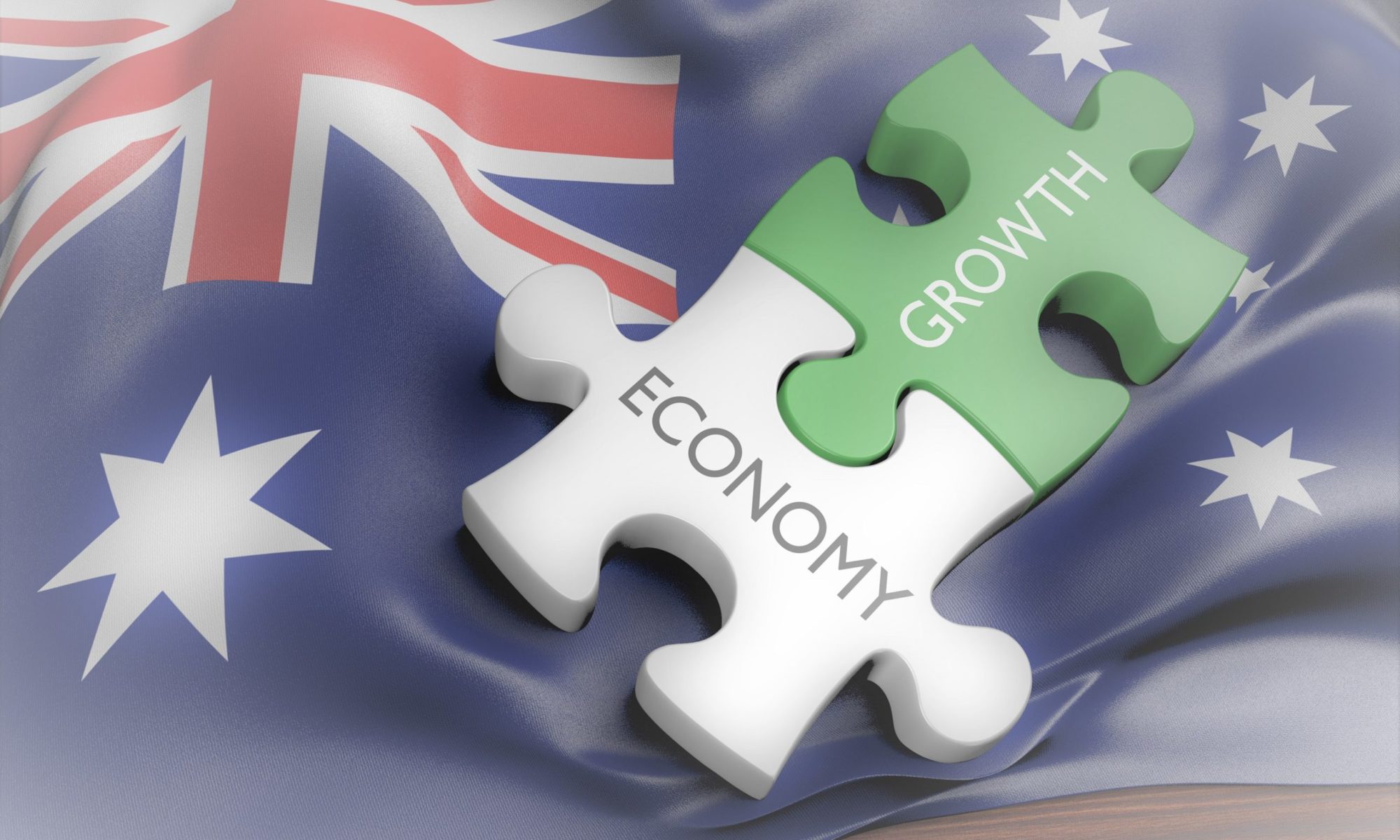Totalling almost AUS $3.5 trillion[1], the Australian funds’ market is one of the most established and mature in the whole of the Asia-Pacific region. It is also one, which is dominated by a handful of investment products, namely the superannuation schemes which collectively account for nearly three quarters of the entire industry’s assets[2]. Calastone provides its insights into some of the challenges and opportunities facing Australian funds’.
Shifting regulations shake up the Australian market
The Australian funds’ industry is likely to undergo a transformation as a consequence of the Royal Commission’s findings into the behaviour of the country’s banks. As part of its review, the Commission also examined the workings of the domestic superannuation model following consumer criticism about their purportedly excessive fees. Simon Hoyle, head of market insight at CoreData Group, said public confidence in banking and superannuation schemes had declined following the publication of the interim report by the Commission.
The report is likely to usher in greater investor scrutiny over the fees being levied by funds as well as generate further calls for more transparency. This is backed up by a Calastone study – “The Impact of Technology and Regulation on Funds” – which found 97% of respondents were in favour of regulatory intervention to improve transparency in the funds’ market. George Mitton, editor at Funds Global Asia, agreed industry support in Australia for enhanced disclosures from fund managers was fairly unanimous across the board.
Investors look to diversify beyond local funds
Australian investors do tend to have a bias towards domestic funds, but there is a growing acceptance among consumers that they will need to diversify their portfolios to incorporate managers who offer international exposures. “Australia has not seen a recession for nearly 27 years so a number of people have never experienced a downturn. If and when they do, it is critical to have diversification through offshore managers,” said Sam Hallinan, managing director at Nikko Asset Management, speaking at the Calastone Connect Forum in Sydney earlier in the year.
Even though local investors are predisposed to portfolio diversification, Edward Glyn, global head of relationship management at Calastone, said very few international fund managers had actually made a meaningful impact in Australia with a number struggling to raise sufficient assets. This absence of investor traction is often a result of global managers simply not realising they need to devote resources to building a solid client footprint in the domestic market, a point made by David Hutchison, principal consultant at NMG Consulting.
Net winners of diversification
Of all the mutual fund wrappers to cement themselves in the Australian market, UCITS on paper is probably seen as the most viable candidate given that the brand has been very successful in other parts of the region, most notably Hong Kong, Singapore and Taiwan, where managers have raised significant sums of money. Despite the irrevocable brand strength and watertight regulation that comes with UCITS, attitudes in Australia towards it are quite mixed and non-committal, according to the Calastone findings.
44% of respondents told Calastone that UCITS would become an integral part of the product mix in Australia, although this was countered by an equal number stating they were neutral on the matter. “UCITS is not widely passported in Australia as many local investors look favourably on the domestic industry’s product range, ” said Mitton. Similar thoughts are echoed in domestic allocators’ attitudes to some of the regional fund passporting initiatives which are likely to gather momentum over the next few months.
Calastone found 50% of respondents believed the Asia Region Funds Passport (ARFP) would help boost Australian investors’ international exposures, although the same number said they were either neutral or disagreed with that statement. The disinterest is partly due to a lack of client awareness about international funds, although Mitton conceded the limited regional consensus on foreign funds’ tax treatment risked stalling ARFP too. Calastone’s study added the repeated delays to ARFP’s implementation had not helped its cause either.
Creating an easier investment process for everyone
While a number of global brands have found the Australian market a testing one to penetrate, experts say flows could increase if the investment process was simplified. “The feedback I give clients in Australia is that they need to make the investment process easier. Transfer agents need to make sure they can support all of the distribution channels to make that investment experience as straightforward as possible for every client,” said Euan McLeod, managing director, global head of transfer agency at State Street Global Services.
A balance needs to be found between managing the needs of digital natives who are unfamiliar or uninspired by the antiquated practices synonymous with asset management, versus individuals that may be more comfortable with purchasing fund units through traditional distribution channels. “Firms need to deliver the technology to facilitate new buying habits, but also support legacy infrastructure if other investors want it,” said Scott Davies, associate director of product for Asia-Pacific, global client coverage at RBC I&TS.
But the trend is towards digitalisation
While keeping some legacy infrastructure is important, there is an undeniable transition happening towards digitalisation. “People nowadays can do online banking and share trading on their cell phones, so why can they not buy and sell funds as well?” asked Davies. In short, the asset management industry needs to optimise its front end processes by developing more user-friendly systems such as robo-advisory. At the same time, providers need to ensure their back offices can support these client-facing systems, something which could be achieved through wider adoption of Blockchain in the transactional chain.
The Pay off
Digitalisation is a costly process, but the longer-term benefits make it a worthwhile pursuit. The industry needs to build bridges with tech-savvy millennial consumers if they are to stay in business, and this will require investment in technology. Millennials cannot be ignored as USD$30 trillion in assets is about to be passed down to them in the next few years, making young people an ideal target market for asset managers looking for client diversification.
Equally advantageous is that technological innovation can result in cost benefits. Vince Lucey, managing director, innovation and change at Calastone, acknowledged that inefficiencies in distribution inflated the frictional costs of trading and these are estimated to be in excess of over 1.3 billion euros in Luxembourg alone annually[3]. At a time when fund expenses are under the spotlight in Australia, digitalisation of distribution channels could bring about major savings to the industry allowing it to become more competitive.
[1] Australian Bureau of Statistics
[2] PwC – Asset and wealth management market intelligence digest: Australia
[3] Calastone – Driving efficiencies in distribution through Blockchain










